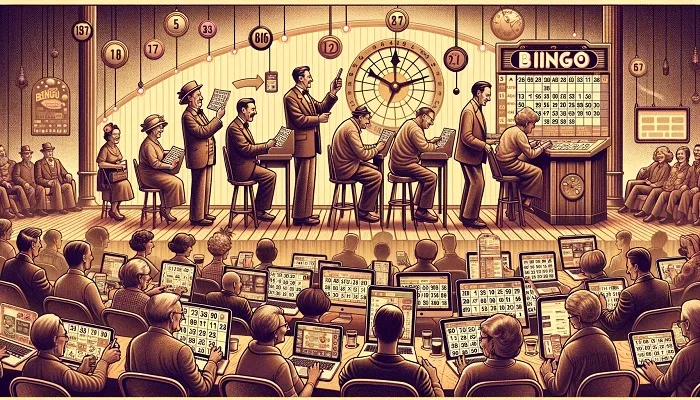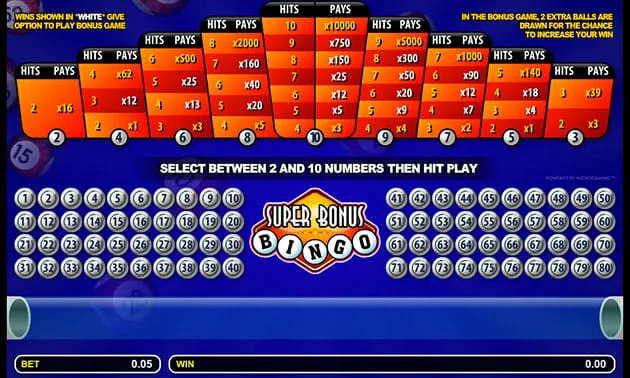
The Evolution of Bingo: From Classic Halls to Virtual Reality
The game of bingo has undergone a remarkable transformation from its humble beginnings to becoming a staple of digital entertainment in the modern era. This article explores the journey of bingo through time, highlighting key milestones that have shaped its evolution and speculating on its future in the realm of virtual reality.
Where It All Began
The origins of bingo trace back to the 16th century in Italy, where it evolved from the Italian lottery, “Lo Giuoco del Lotto D’Italia.” It quickly spread across Europe, with each country adapting the game to its culture. By the 18th century, France had introduced the playing cards, tokens, and the reading out of numbers, which are recognizable features of today’s bingo.
It wasn’t until the 1920s that the game made its way to North America, where it was known as “beano.” The name “bingo” was coined accidentally by Edwin S. Lowe, a toy salesman who overheard someone mistakenly yell “bingo” instead of “beano.” Lowe saw potential in the game and worked with a math professor to increase the number of combinations in bingo cards, laying the foundation for its widespread popularity.
Why People Started Inventing Such a Game
The invention of bingo was driven by a desire for social interaction and entertainment. In its early days, bingo served as a means of bringing communities together, often played at carnivals and fairs. Its simplicity and the thrill of the random draw made it accessible and enjoyable for people of all ages and backgrounds.
The game’s adaptability to various settings and purposes, including educational tools and fundraising events, further fueled its invention and development. Bingo’s ability to be customized for different audiences and occasions has contributed to its lasting appeal.
Moreover, the game’s potential for generating revenue through ticket sales made it attractive to organizers, contributing to its spread and the establishment of dedicated bingo halls.
How It Initially Achieved Her Popularity
Bingo’s popularity initially soared in the early 20th century, particularly in the UK, where it found a home in post-war society. It became a social hub for communities, offering an affordable form of entertainment that also supported local charities and organizations.
The establishment of dedicated bingo halls in the 1960s solidified its status as a cultural phenomenon. These halls became landmarks in towns and cities, where people gathered not just to play but to socialize and unwind.
Its simplicity, coupled with the excitement of winning and the community aspect, made bingo a beloved pastime, transcending generations and social classes.
How Bingo Became National
The game’s ascent to national popularity was marked by the spread of bingo halls across the globe and the integration of the game into mainstream culture through television and radio shows. In the UK, the Betting and Gaming Act of 1960 legalized bingo as a form of gambling, leading to a boom in bingo hall openings.
In the United States, bingo found a stronghold in churches and community centers, where it was used as a means of fundraising. This grassroots spread contributed to its national popularity, making it a familiar and cherished activity across the country.

What a Bingo Game Looks Like Now With All the Technology
Today, technology has revolutionized how bingo is played, with online platforms and mobile apps making the game more accessible than ever. Players can join games from anywhere in the world, participate in live bingo rooms, and enjoy a variety of themes and formats not possible in traditional bingo halls.
And What It Might Look Like in the Future in VR
The future of bingo is poised for an exciting leap with the advent of virtual reality (VR) technology. VR bingo could offer an immersive experience that simulates the atmosphere of a bingo hall, complete with the social interactions and communal excitement, all from the comfort of one’s home.
As VR technology becomes more widespread and affordable, we might see the emergence of virtual bingo halls where players can interact with each other and the environment in real-time, creating a new level of engagement and realism in the game.
The potential for customization and unique experiences in VR bingo is vast, from exotic themed rooms to special events with celebrity callers. The evolution of bingo into the realm of virtual reality promises to redefine the boundaries of gaming and entertainment, ensuring the enduring popularity of this beloved game.
